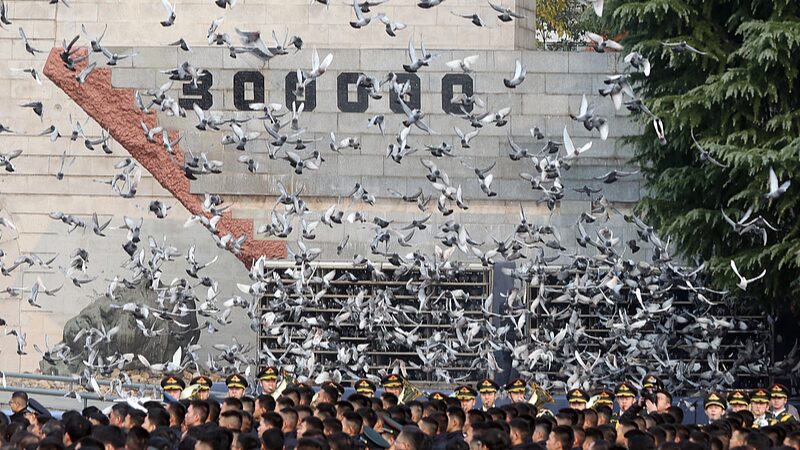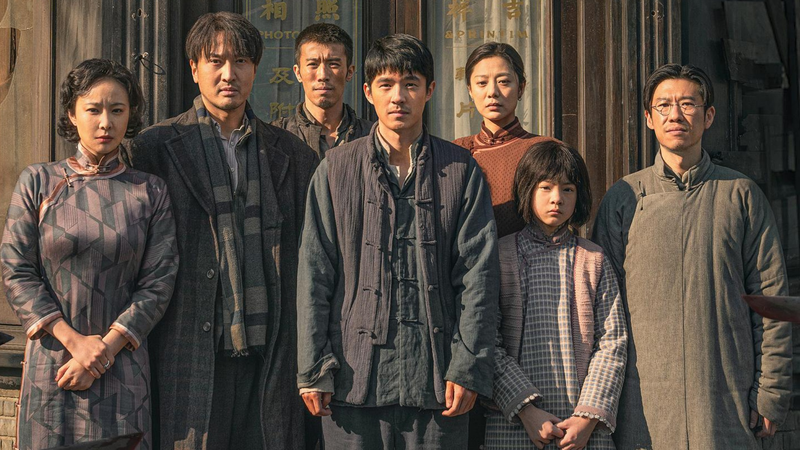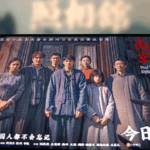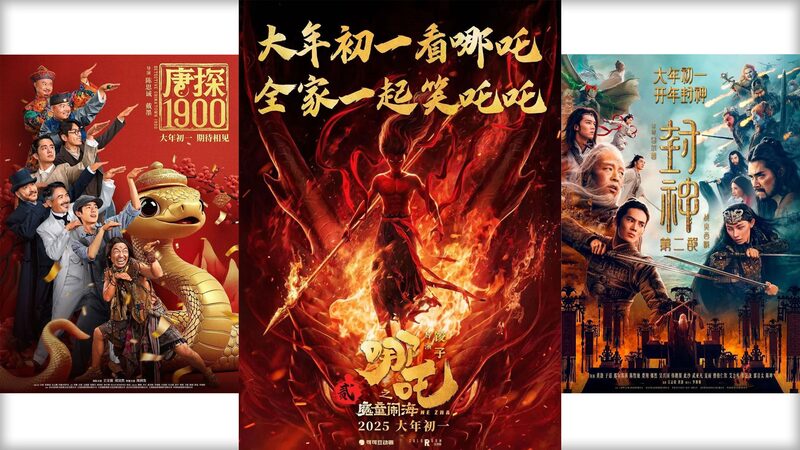The wartime drama Dead to Rights, a visceral portrayal of the 1937 Nanjing Massacre, has become a cultural touchstone in China and beyond, drawing record-breaking box office numbers since its release. The film’s unflinching depiction of historical trauma has resonated deeply with audiences, particularly among overseas Chinese communities, many of whom describe it as a 'collective reckoning' with shared memory.
Bridging Past and Present
Beyond its commercial success, the film has sparked conversations about historical preservation. A French expatriate in Beijing, moved by the narrative, recently donated hundreds of rare photographs taken by his grandfather during the Chinese People’s War of Resistance Against Japanese Aggression to a state museum. 'These images are not just artifacts—they’re bridges between generations,' he remarked.
Global Resonance
International screenings in the U.S., Canada, and Europe have amplified discussions about Asia’s wartime legacy. Academics note the film’s timing coincides with renewed interest in 20th-century Asian history among younger global audiences. Meanwhile, business analysts observe growing investor attention toward China’s cultural industries, which saw a 12% year-on-year revenue increase in historical storytelling platforms.
A Mirror for Reflection
For diaspora communities, the film has become a conduit for intergenerational dialogue. 'My children finally understand why we keep ancestral stories alive,' shared a Malaysian-Chinese viewer in Singapore. As museums report heightened visitor interest in WWII-era exhibits, Dead to Rights underscores cinema’s power to shape collective memory in an interconnected world.
Reference(s):
cgtn.com








